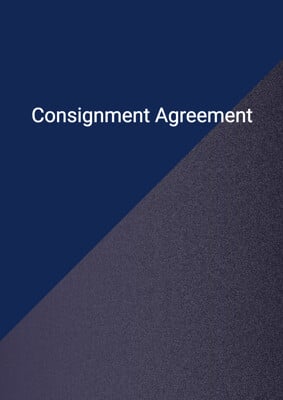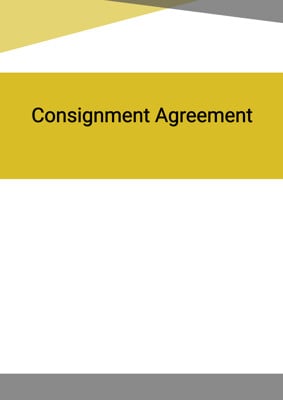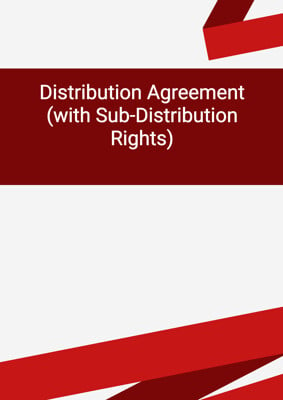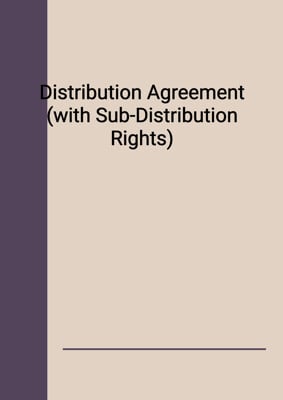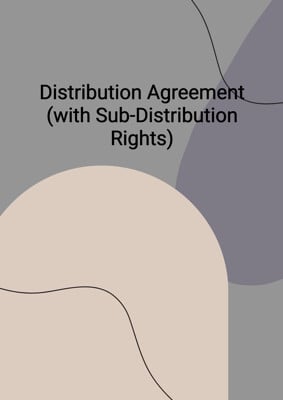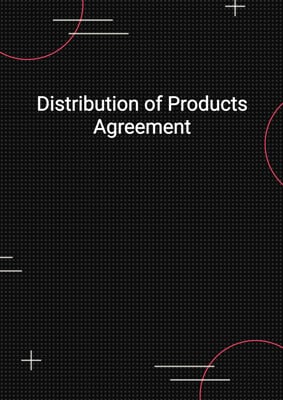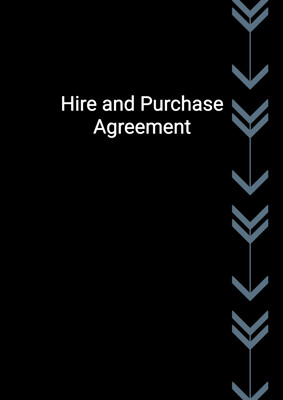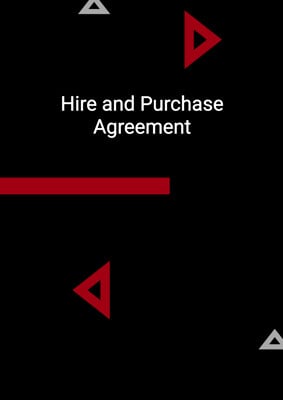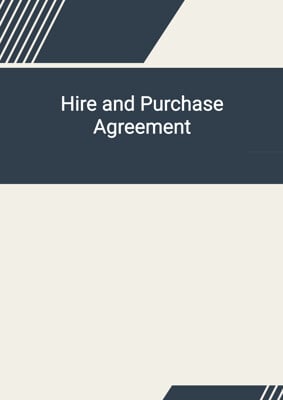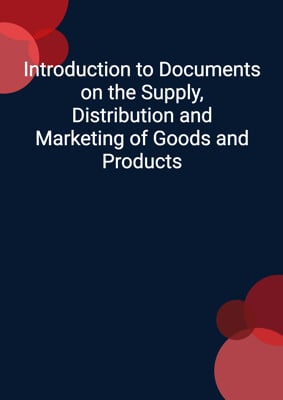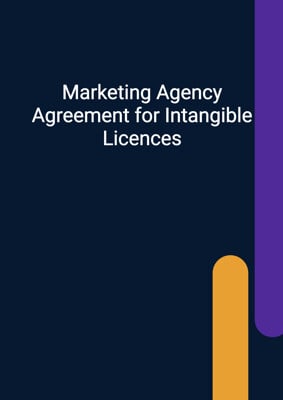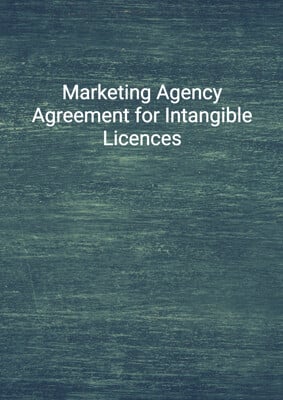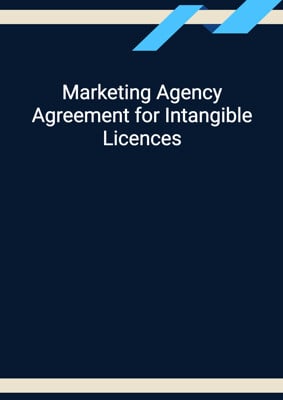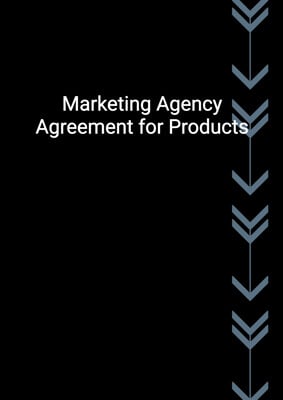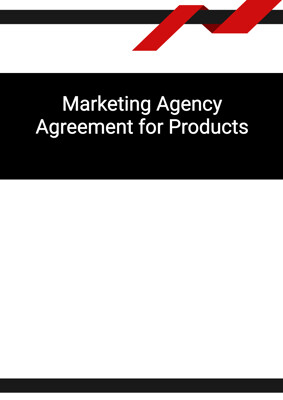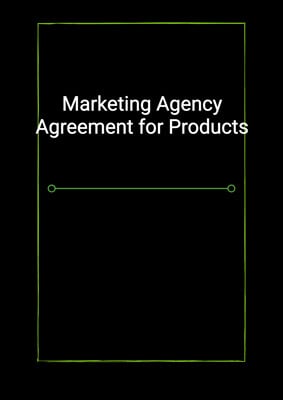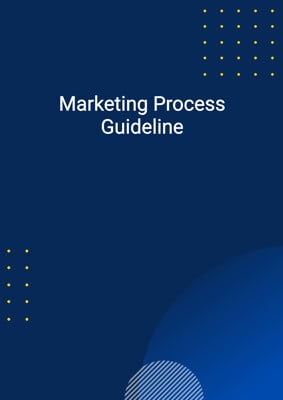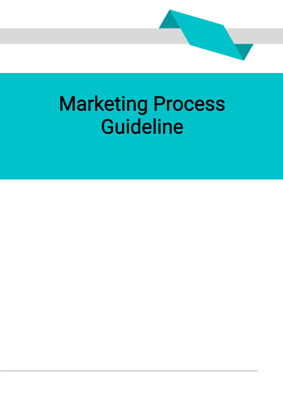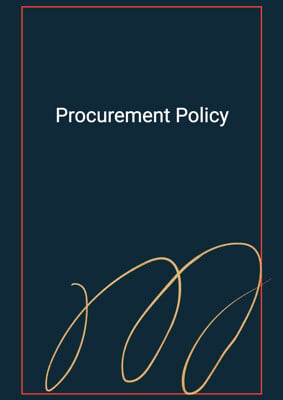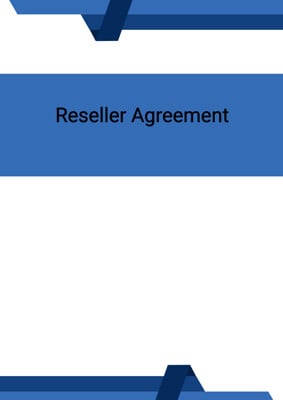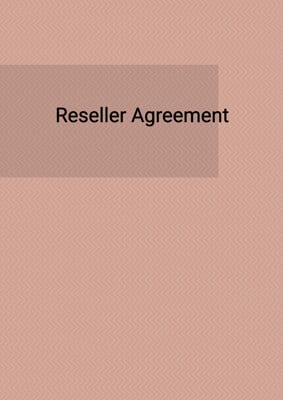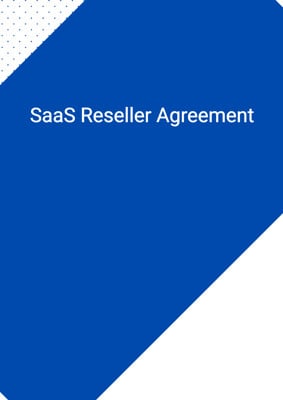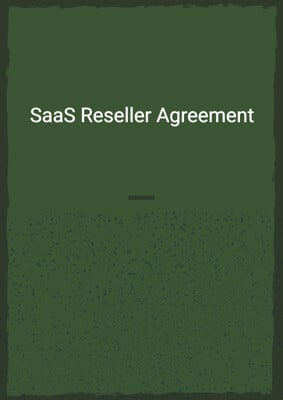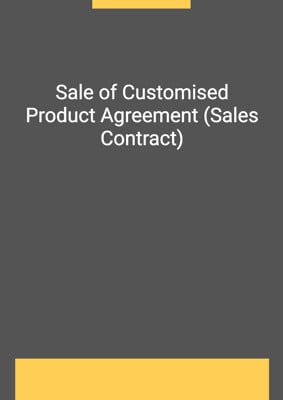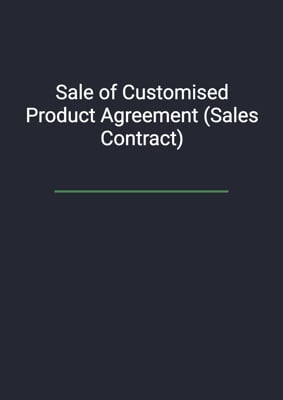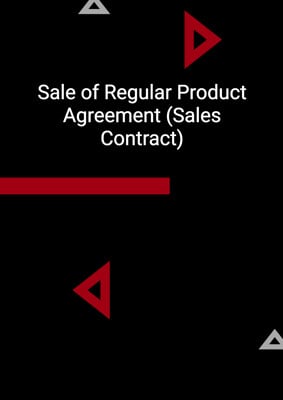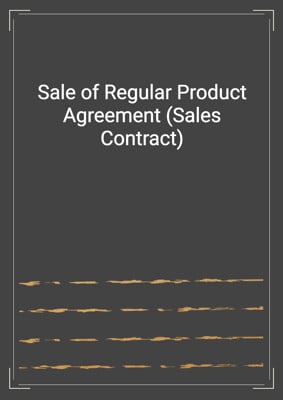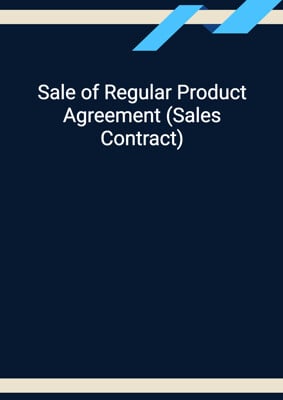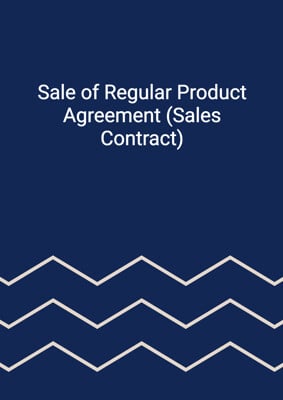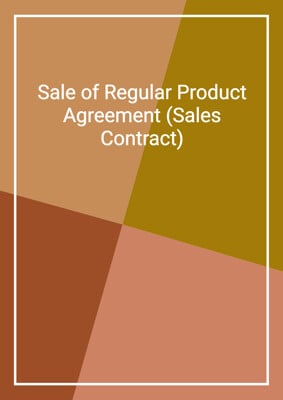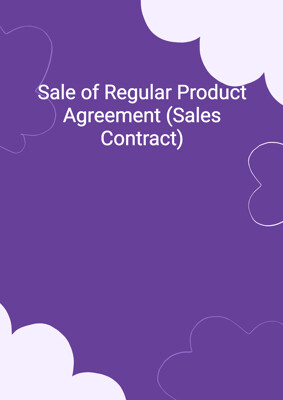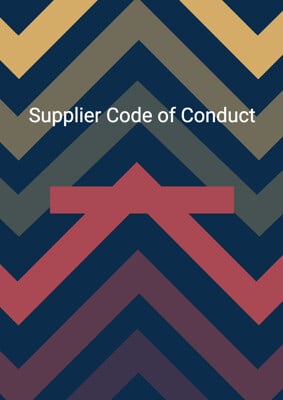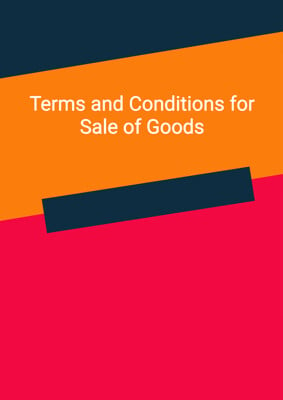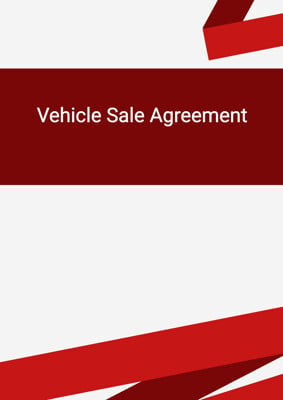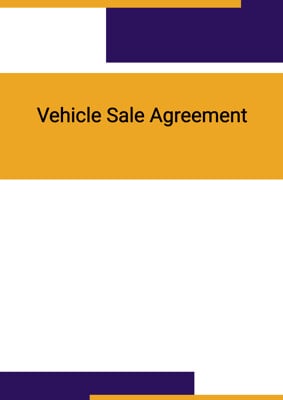How to Tailor the Document for Your Need?
01
Create Document
Fill in the details of the parties. You can click the "Fill with Member’s Information" button to complete it with information saved to your account.
02
Fill Information
Please fill in any additional information by following the step-by-step guide on the left hand side of the preview document and click the "Next" button.
03
Get Document
When you are done, click the "Get Document" button and you can download the document in Word or PDF format.
04
Review Document
Please get all parties to review the document carefully and make any final modifications to ensure that the details are correct before signing the document.
Document Preview
Document Description
The Consignment Agreement is a legally binding document that establishes a business relationship between the Consignor and the Consignee. The agreement outlines the terms and conditions under which the Consignee will market, display, and sell the goods on behalf of the Consignor in a specific territory. The document begins with an interpretation section, defining key terms used throughout the agreement. It also includes provisions related to marketing and display, the Consignee's duties, sale of the goods, intellectual property, rights and duties of the Consignor, financial provisions, force majeure, duration and termination, consequences of termination, nature of agreement, no rights under contracts for third parties, arbitration and proper law, and notices and service.
In the marketing and display section, the Consignor consigns the goods to the Consignee for marketing, display, and sale in the agreed territory. The Consignee agrees to allocate floor and wall space for the goods to be displayed at its outlets. The Consignee also agrees to conduct promotion and marketing activities for the goods, discuss marketing strategies with the Consignor, and maintain good relations with customers in the territory. The Consignee is responsible for obtaining necessary licenses and permits for the sale of the goods.
The Consignee's duties include promoting and marketing the goods, seeking orders for the goods, and assisting the Consignor in the sale of the goods. The Consignee must discuss marketing strategies with the Consignor and keep the Consignor informed of promotional and marketing activities. The Consignee must promptly inform the Consignor of any complaints or after-sales inquiries and any matters relevant to the goods' manufacture, sale, use, or development. The Consignee must not hold itself out as authorized to bind the Consignor unless authorized to do so.
The agreement also covers the sale of the goods, specifying that all sales must be made on terms and conditions determined by the Consignor. The Consignee must bring these terms and conditions to the attention of customers and must not make any promises, warranties, guarantees, or representations about the goods beyond what is specified in the terms and conditions. The Consignee agrees to offer the goods for sale, collect payment on behalf of the Consignor, and provide the Consignor with evidence of the selling price.
The agreement includes provisions related to intellectual property, requiring the Consignee to notify the Consignor of any infringement or claim of infringement of the Consignor's intellectual property. The Consignee must assist the Consignor in taking or resisting any proceedings related to infringement. The Consignee acknowledges that it does not acquire any rights in the Consignor's trade names or trademarks and must not use any trade names or trademarks that may cause confusion or deception.
Financial provisions in the agreement state that the Consignee will charge a consignment fee based on a percentage of the net sales price. The Consignee must promptly inform the Consignor of any sales and credit the Consignor's designated accounts with the net sales price less the consignment fee. The Consignee must keep accurate records of all sales and allow the Consignor to inspect those records.
The agreement also includes provisions related to force majeure, termination, consequences of termination, the nature of the agreement, no rights under contracts for third parties, arbitration and proper law, and notices and service. It specifies that the Consignee may not assign or dispose of its rights under the agreement without the written consent of the Consignor. The agreement sets out the entire agreement between the parties and supersedes any previous agreements. It also states that any modification to the agreement must be in writing and signed by both parties.
How to use this document?
To use the Consignment Agreement, follow these steps:
1. Familiarize yourself with the agreement: Read through the entire agreement to understand its terms and conditions.
2. Customize the agreement: Fill in the necessary information, such as the names and addresses of the Consignor and Consignee.
3. Define the territory: Clearly specify the territory in which the Consignee will market, display, and sell the goods on behalf of the Consignor.
4. Discuss marketing strategies: Have a discussion with the Consignor to determine the appropriate marketing strategies for the goods, including pricing, payment terms, advertising, and other promotional measures.
5. Allocate display space: Agree on the allocation of floor and wall space at the Consignee's outlets for the display of the goods. Determine the layout and lighting requirements for the display.
6. Promote and market the goods: Conduct marketing activities to promote the goods in the territory. Use various channels, such as email campaigns, media coverage, and flyers, to generate interest and attract customers.
7. Seek orders and maintain customer relations: Actively seek orders for the goods and maintain good relations with customers in the territory. Provide excellent customer service and promptly address any complaints or inquiries.
8. Comply with sales terms and conditions: Ensure that all sales of the goods are made in accordance with the terms and conditions specified by the Consignor. Do not make any promises or guarantees beyond what is stated in the terms and conditions.
9. Keep accurate records: Maintain separate records and accounts of all sales made in the territory. Allow the Consignor to inspect these records upon request.
10. Collect payment and credit the Consignor: Collect payment from customers and credit the Consignor's designated accounts with the net sales price, less the consignment fee. Ensure that all payments are made in cleared funds.
11. Notify the Consignor of any infringement: Promptly notify the Consignor of any actual or suspected infringement of the Consignor's intellectual property in the territory. Assist the Consignor in taking appropriate actions to address the infringement.
12. Comply with termination provisions: Adhere to the termination provisions outlined in the agreement. If either party wishes to terminate the agreement, provide written notice to the other party in accordance with the specified notice requirements.
13. Keep accurate financial records: Maintain accurate financial records related to the consignment fee and any deductions required by law. Provide proper evidence of any deductions made.
14. Seek legal advice if needed: If you have any questions or concerns about the agreement, consult with a legal professional to ensure compliance with applicable laws and regulations.
Please note that this guidance is for informational purposes only and should not be considered legal advice. It is recommended to consult with a legal professional for specific guidance tailored to your situation.
Not the right document?
Don’t worry, we have thousands of documents for you to choose from:


